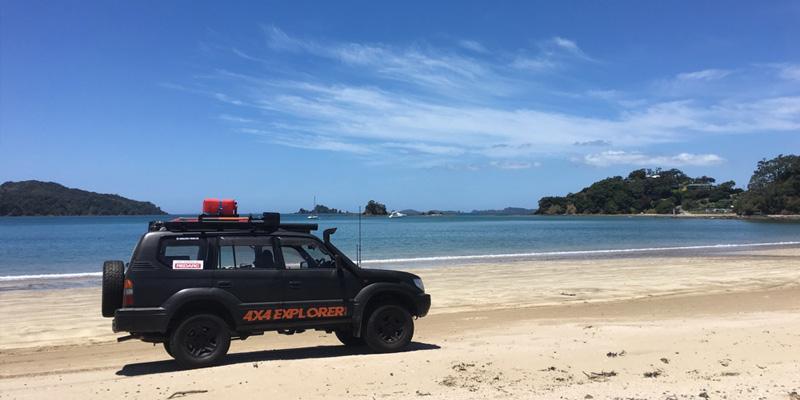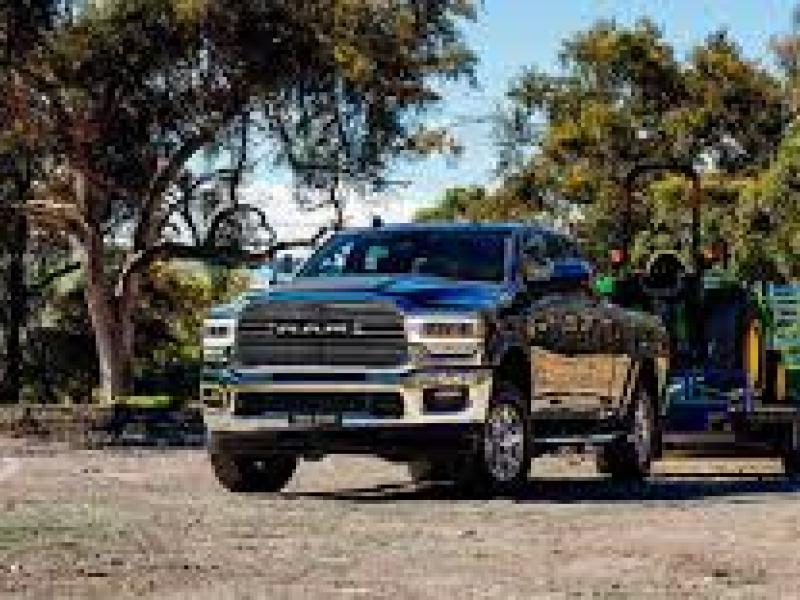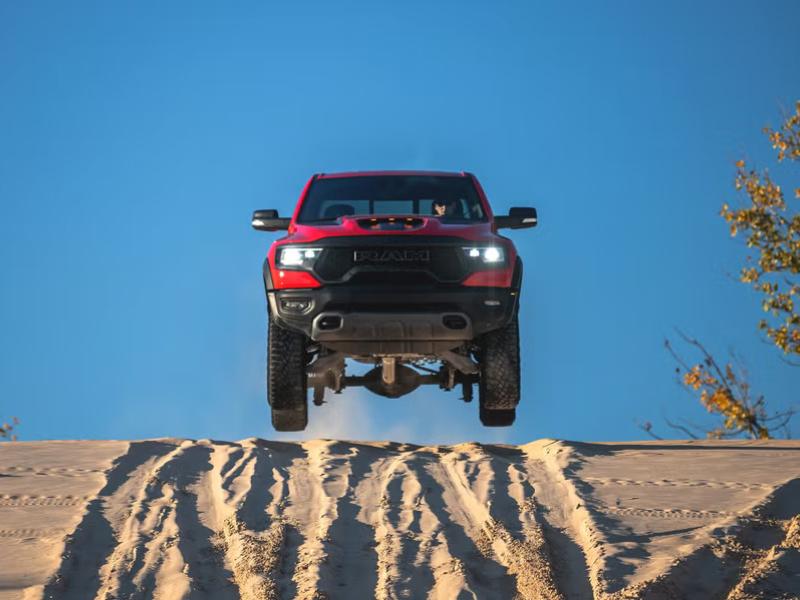These days 4x4Explorer’s Richard Soult literally lives and works out of his Toyota Prado. Here’s what he did to help make that possible.
Story and photo by Richard Soult
As regular readers will know by now, at the end of last year, we had agreed to sell our house in Auckland and move to the South Island, the true Mecca for Overlanding in New Zealand.
Whilst we had done many trips away over the years, this was the big one! The Prado was not only going to be our means of transport but our home for the foreseeable future.
This is the story of what we did to create our Overlanding home.
Mechanical
The Prado has always been regularly serviced by me and my father before, but I wanted to make sure that we weren’t going to run into any unexpected maintenance issues on our travels.
The truck was fully serviced including all oils, filters, brakes, wheel alignment etc.
I knew that we were going to be heavier than usual, so I decided to get a two-inch lift and stronger springs. I was amazed when Shane at Auckand’s Platinum Automotive started taking it all apart. The springs, shocks, bushes were all original! That’s on a 21-year-old truck that has been used hard, so very impressed!
Storage
I had already installed a drawer system in the rear of the truck but decided that for this trip we were going to need more space. To that end I removed the rear seats and made storage system “Mark Three!”
This is basically a large box with two drawers in the rear and two compartments towards the front accessible via the rear doors.
One of these boxes houses tools, spares and recovery gear. The other houses the house battery and various electronic devices. The two drawers in the rear are dedicated to food, with one containing all our dry food and the other the cookers, plates etc.
Underneath the rear drawers is a pull out work surface on which we prepare food and cook. LED strip lighting around the rear door gives us plenty of light to prepare food, even after dark.
Sleeping options
I decided that I wasn’t going to follow the trend and install a RTT (Roof Top Tent). Now I don’t deny that RTTs look the part and if you’re in a country where everything is going to kill you, then fine.
The disadvantages are having all that weight up on your roof, the cost, plus and the need to pack it away if you have to get something from the shops.
I fabricated the storage system in the truck so that I could sleep in the back, if required, but also decided to carry a tent. I’m very sensitive to light, so the tent that I carry has a silver flysheet, keeping it dark and cool inside, even in bright sunshine. The tent is also self supporting, so I don’t need to worry about pegging it down unless it’s very windy.
In the three months that we have been travelling, the only times that we have slept in the truck have been up High Country valleys where there wasn’t a flat spot to pitch the tent.
Batwing
We also fitted a Rhino Rack Batwing awning which is an absolute must have! It provides 270-degree shade or shelter from the rain and has four side panels that create a huge covered area around the vehicle. They are also quick to set up, so if you stop for lunch and need shade or shelter, they are up in seconds.
Power
It was really important to be self sufficient in terms of electricity. Having created the space, I decided to have a dual battery system installed. This was done courtesy of Ironman4x4 in Hamilton, and gives us the ability to have additional USB ports and the inverter meaning that we can charge computers and other appliances when we are not driving.
Another important point about the dual battery system is that I can always jump-start the truck from the back if the crank battery fails. A huge “get-out-of-jail-free” card if ever there was one.
Cool!
I’ve always been an advocate for the good old-fashioned chilly bin and on short trips, these are fine, but having the capability, I bought a fridge. These can be quite expensive but on a long trip are truly worth their weight in gold.
Everything keeps longer and the amount of food that we throw away has diminished hugely. It also means that you can buy a wider variety of food, knowing that you can store it just like at home.
Housekeeping
I noticed that if I used the inverter whilst not driving, the house battery could lose charge. To alleviate this, I bought a solar blanket, which allows the house battery to charge whilst we are stationery. We can now effectively stay in one spot until we run out of food.
Roof
As I’ve said, I decided not to get a RTT. One of the other reasons is that they take up valuable space on the roof. I checked around and decided to go with a Rhino Rack Pioneer roof platform. It’s extremely versatile and I can carry recovery tracks, jerry cans, a shovel and all our bedding on the roof. These are all items that you don’t really want inside the vehicle.
Details, details
So those are the major points. We also have a cargo net suspended inside the truck. This is great to use for storing lightweight items such as jackets and hats but its also great for drying clothes.
It’s painful enough sitting in a Laundromat waiting for your washing, without waiting for it to dry! We put all the wet laundry on the cargo net and it dries as we drive……
The other thing with living out of a truck is that everything has to have its place. Make sure that you know where everything is so that you can get to it easily. I hang all my head torches over the front seat headrests, so that I can get to things in the dark.
Talking rubbish!
Whilst it’s OK to store rubbish in the truck for a weekend trip, after a few days things can start to smell. Another “game changer” was the addition of a rubbish holder that fits over the spare wheel at the back of the vehicle. Mine is an Ironman4x4 model which is tough and seems durable.
These spare wheel bags are extremely versatile and can be also used for firewood and dirty recovery gear.
Safety
As I do a lot of my Overlanding solo, safety is a major priority. I always carry a PLB (short for a Personal Locator Beacon. Ed), which can be used in case of a medical emergency or a vehicle accident. I always know that help will be on hand quickly and that they know where to find me.
I also carry a “grab bag” containing shelter and food in the event that I have to walk out.
To conclude
There is no perfect Overlanding setup and everyone adapts their own to suit their needs. I’ve been Overlanding for years and it’s very much an evolution.
For what we’re doing now, the set up that we have is pretty much perfect. And if you see us out there, don’t hesitate to come and talk to us! Look forward to seeing you out there!!!
To read the full story in the May 2019 issue of NZ4WD go to Zinio.com (April 22) or purchase your own hard copy at the Adrenalin store.







